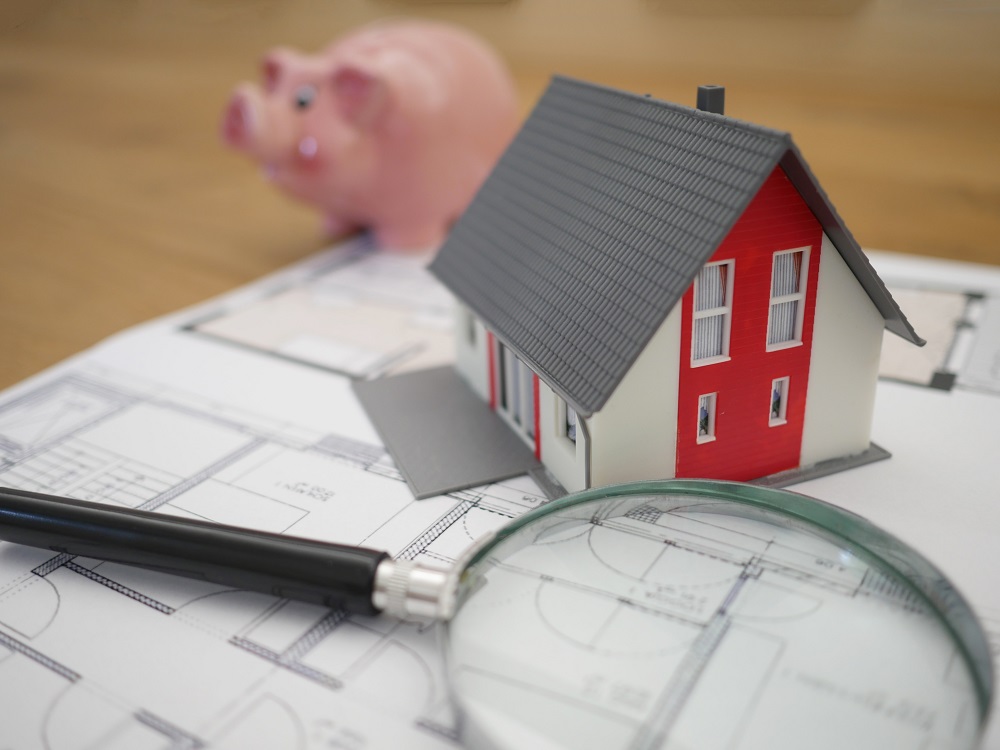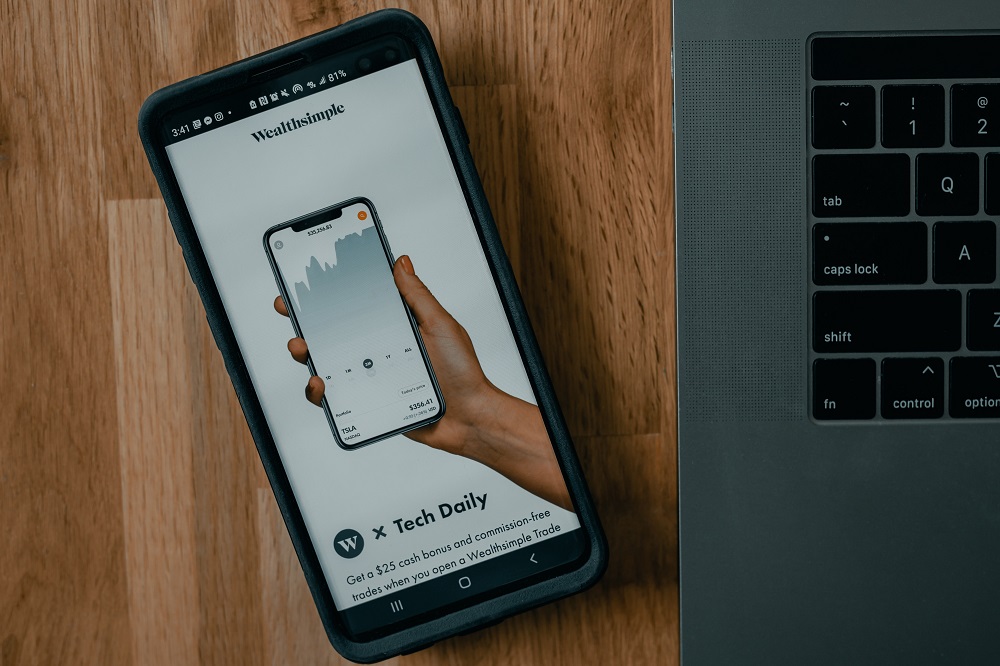
Building an Emergency Fund: Your Safety Net in Times of Crisis

Hey there, fellow financial warriors! Today, I want to talk to you about something that has saved my bacon more times than I can count: the emergency fund. In a world where unexpected expenses can blindside us at any moment, having a solid financial cushion is like having a superhero by your side. I’ve been through my fair share of financial storms, and I can tell you this: an emergency fund can be your ultimate safety net.
The Whys and Hows of an Emergency Fund
Why Do You Need an Emergency Fund?
Let’s start with the basics. An emergency fund is a stash of money set aside for, well, emergencies. And by emergencies, I mean the kinds of things that you couldn’t possibly see coming, like a sudden medical bill, a car breakdown, or even a global pandemic that shakes up the world economy (sound familiar?).
Here’s the thing: life is unpredictable. No matter how well you plan, curveballs will be thrown your way. Without an emergency fund, you’re left scrambling to find the money you need, which can lead to debt, stress, and sleepless nights.
How Much Should You Save?
Now, you might be wondering, “How much should I have in my emergency fund?” Well, there’s no one-size-fits-all answer, but a good rule of thumb is to aim for at least three to six months’ worth of living expenses. If you have dependents or work in an industry with unstable job prospects, you might want to lean towards the higher end of that range.
To determine your target amount, take a look at your monthly expenses—rent or mortgage, utilities, groceries, insurance, and so on—and multiply that by the number of months you want to cover. It might seem like a daunting figure, but remember, this is your financial safety net we’re talking about.
Where Should You Keep Your Emergency Fund?
So, you’ve decided to start an emergency fund, and now you’re wondering where to park that money. Well, the key is accessibility and safety. You want your fund to be easy to access when you need it, but not so easy that you’re tempted to dip into it for non-emergencies.
A high-yield savings account is a great place to stash your emergency fund. It offers a higher interest rate than a regular savings account while still allowing you to withdraw your money without penalty. Plus, it’s separate from your checking account, which can help curb the temptation to spend it on impulse purchases.
Building Your Emergency Fund
1. Start Small, But Start Now
The journey of a thousand miles begins with a single step, right? Well, building an emergency fund is no different. You don’t need to magically conjure up six months’ worth of expenses overnight. Start small by setting a realistic monthly savings goal and stick to it.
For example, if you can only spare $50 a month, that’s a great place to start. Over time, you can increase your contributions as your financial situation improves. The key is consistency.
2. Make It a Priority
Building an emergency fund requires discipline and dedication. Treat your emergency fund contribution like any other bill—something that must be paid no matter what. Set up an automatic transfer from your checking account to your savings account each month to ensure you never miss a beat.
Remember, you’re not just saving money; you’re investing in your peace of mind and financial security.
3. Cut Unnecessary Expenses
Sometimes, the fastest way to boost your emergency fund is by cutting back on non-essential expenses. Take a closer look at your monthly spending habits and identify areas where you can tighten your belt. Can you dine out less and cook at home more? Cancel unused subscriptions? Skip that daily latte and make your coffee at home?
Every dollar you save can go towards your emergency fund, and you’ll be surprised how those small changes can add up over time.
4. Windfalls and Bonuses
Whenever you receive unexpected windfalls or bonuses—a tax refund, a work bonus, or even a birthday gift—consider putting a portion of it into your emergency fund. It’s a quick way to give your fund a boost without feeling like you’re sacrificing too much.
5. Sell Unused Items
Do you have items lying around that you no longer use or need? Consider selling them and funneling the proceeds into your emergency fund. Not only will you declutter your space, but you’ll also pad your financial cushion.
Maintaining and Using Your Emergency Fund
1. Hands Off, Unless It’s an Emergency
Your emergency fund isn’t a piggy bank for impulse buys or last-minute vacations. It’s there to protect you when life throws a curveball. So, unless you’re facing a genuine emergency—like unexpected medical bills, car repairs, or job loss—hands off!
2. Replenish After Use
When you do dip into your emergency fund, make it a priority to replenish it as soon as possible. This is crucial for maintaining your financial safety net. Remember, emergencies can strike more than once, so being prepared is key.
3. Reevaluate Your Fund Periodically
As your life circumstances change, so should your emergency fund. If you get a raise, have a child, or buy a house, you may need to adjust your fund’s size to match your new expenses and responsibilities.
4. Don’t Fear Investment
Once your emergency fund reaches a comfortable level, you might consider investing any additional savings in low-risk, easily accessible investments. This can help your money grow over time, but remember that it might take a bit longer to access those funds in case of an emergency.
The Emotional Side of Emergency Funds
Building and maintaining an emergency fund isn’t just about numbers and dollars; it’s also about peace of mind. Knowing you have a financial safety net can alleviate stress and help you sleep better at night. It can also give you the confidence to navigate life’s unexpected challenges without resorting to high-interest credit cards or loans.
In conclusion, building an emergency fund is not just a financial goal; it’s a commitment to your well-being and financial security. It’s a way to take control of your future and protect yourself from life’s inevitable surprises. So, start small, make it a priority, and remember that every dollar you save is a step closer to a more secure and worry-free future. Your emergency fund is your financial superhero—don’t leave home without it!
ABOUT AUTHOR

Alison Housten
Lorem ipsum dolor sit amet, consectetur adipiscing elit. Ut elit tellus, luctus nec ullam.


